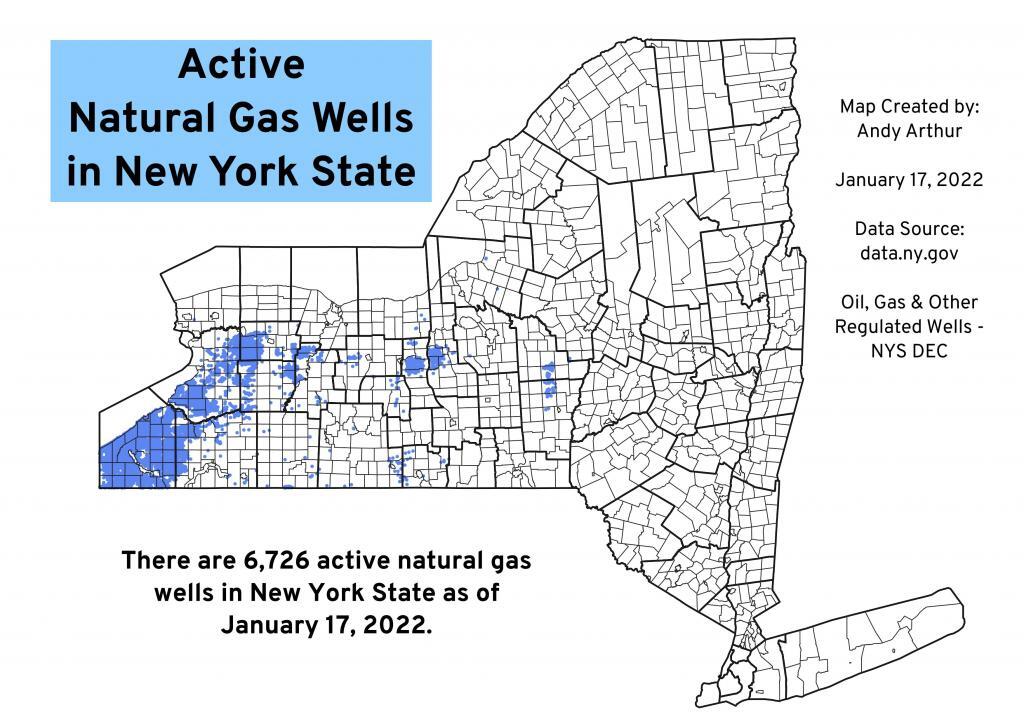Energy
Mars Hill, Maine
This wind farm on the eastern Canadian border of Maine really sticks up above the land.
Active Gas Wells in NY
Buildings Heated with Geothermal in New York
While this data is a year and half out of date, and some local assessors don't correctly use the new FUEL_TYPE code, it is still interesting.
Pennsylvania’s largest coal plant likely to get new life as natural gas plant
Gina Nuclear Plant ⚛
Hydrofracked Natural Gas Well, versus Empire Plaza
I knew some of the well pads were pretty big, but I was curious how they compared to the Empire State Plaza in size.
